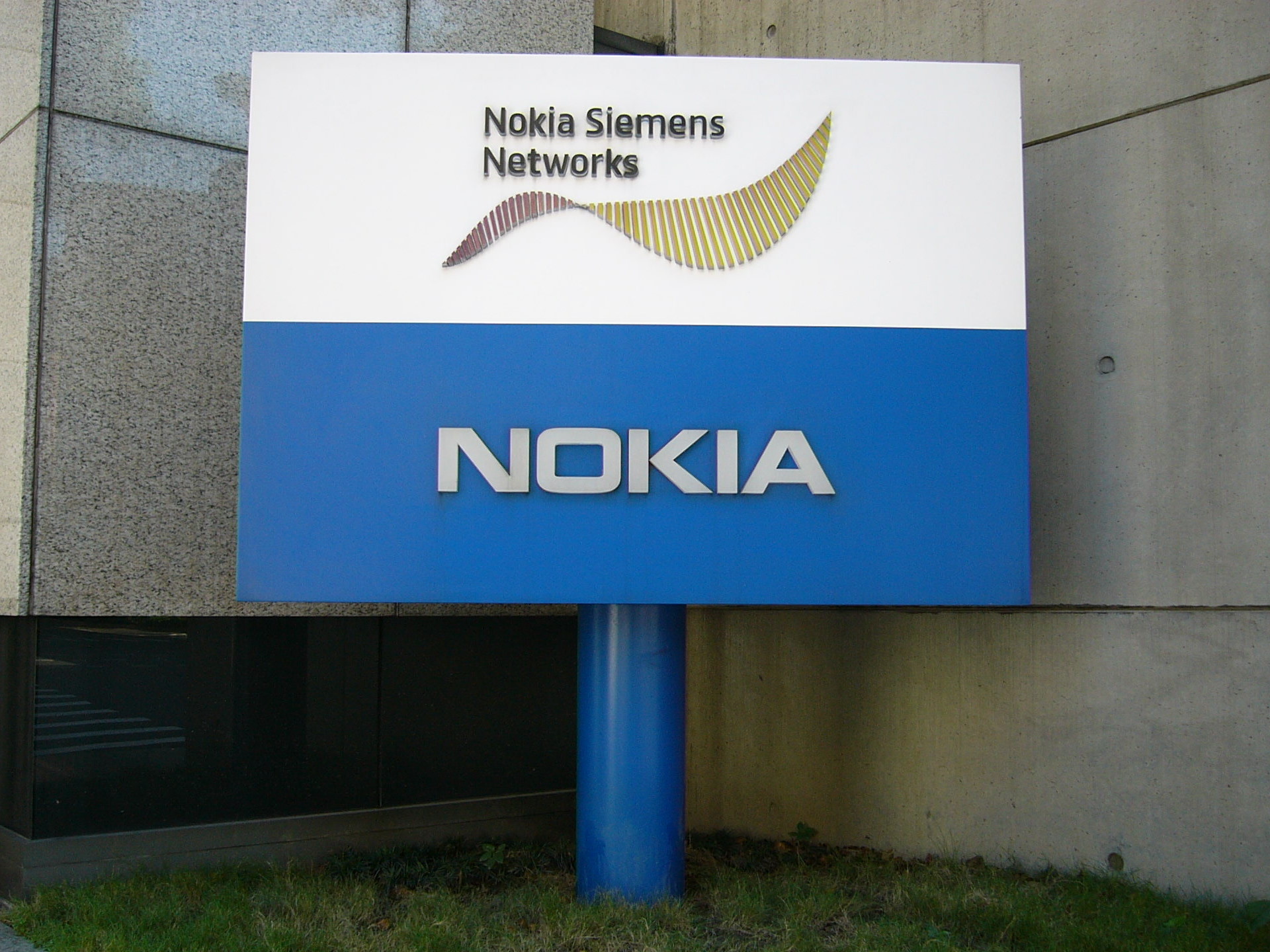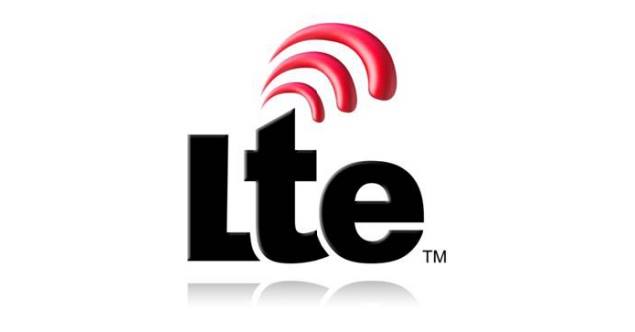|
DC-HSPA
Evolved High Speed Packet Access, HSPA+, HSPA (Plus) or HSPAP, is a technical standard for wireless broadband telecommunication, and extends the original HSPA. The 3GPP standard organisation specified the original HSPA in release 7. HSPA+ can achieve data rates of up to 42.2 Mbit/s. HSPA+ upgrades existing 3G networks to achieve speeds closer to 4G without a new radio interface. HSPA+ should not be confused with LTE, which uses an air interface based on orthogonal frequency-division modulation and multiple access. HSPA+ introduces antenna array technologies such as beamforming and multiple-input multiple-output communications (MIMO). Beamforming focuses antenna power in a beam toward the user's direction. MIMO uses multiple antennas on the sending and receiving side. Further releases of the standard have introduced dual carrier operation, allowing communication over two 5 MHz frequency bands simultaneously. Advanced HSPA+ is a further evolution of HSPA and provide ... [...More Info...] [...Related Items...] OR: [Wikipedia] [Google] [Baidu] |
List Of UMTS Networks
The following is a list of mobile telecommunications networks using third-generation Universal Mobile Telecommunications System (UMTS) technology. This list does not aim to cover all networks, but instead focuses on networks deployed on frequencies other than 2100 MHz which is commonly deployed around the globe and on Multiband deployments. General information * For technical details on UMTS and a list of its designated operating frequencies, bands, and their common names, see UMTS frequency bands. * Networks on the global UMTS-bands 1 and 8 are suitable for global roaming in ITU Regions 1, 2 (some countries) and 3. * Networks on UMTS-bands 2 and 4 allow roaming in ITU Region 2 (Americas) only. * Networks on UMTS band 5 are suitable for roaming in ITU Regions 2 and 3 (single countries). Europe, Middle East & Africa (EMEA) Networks in Europe, the Middle East and Africa are exclusively deployed on 2100 MHz (Band 1) and/or 900 MHz (Band 8). Americas Carib ... [...More Info...] [...Related Items...] OR: [Wikipedia] [Google] [Baidu] |
High-Speed Downlink Packet Access
High Speed Packet Access (HSPA) is an amalgamation of two mobile protocols—High Speed Downlink Packet Access (HSDPA) and High Speed Uplink Packet Access (HSUPA)—that extends and improves the performance of existing 3G mobile telecommunication networks using the WCDMA protocols. A further-improved 3GPP standard called Evolved High Speed Packet Access (also known as HSPA+) was released late in 2008, with subsequent worldwide adoption beginning in 2010. The newer standard allows bit rates to reach as high as 337 Mbit/s in the downlink and 34 Mbit/s in the uplink; however, these speeds are rarely achieved in practice. Overview The first HSPA specifications supported increased peak data rates of up to 14 Mbit/s in the downlink and 5.76 Mbit/s in the uplink. They also reduced latency and provided up to five times more system capacity in the downlink and up to twice as much system capacity in the uplink compared with original WCDMA protocol. High Speed Do ... [...More Info...] [...Related Items...] OR: [Wikipedia] [Google] [Baidu] |
High Speed Packet Access
High Speed Packet Access (HSPA) is an amalgamation of two mobile telephony, mobile Communications protocol, protocols—High Speed Downlink Packet Access (HSDPA) and High Speed Uplink Packet Access (HSUPA)—that extends and improves the performance of existing 3G mobile telecommunication networks using the WCDMA protocols. A further-improved 3GPP standard called Evolved High Speed Packet Access (also known as HSPA+) was released late in 2008, with subsequent worldwide adoption beginning in 2010. The newer standard allows bit rates to reach as high as 337 Mbit/s in the downlink and 34 Mbit/s in the uplink; however, these speeds are rarely achieved in practice. Overview The first HSPA specifications supported increased peak data rates of up to 14 Mbit/s in the downlink and 5.76 Mbit/s in the uplink. They also reduced latency and provided up to five times more system capacity in the downlink and up to twice as much system capacity in the uplink compared with ... [...More Info...] [...Related Items...] OR: [Wikipedia] [Google] [Baidu] |
Dual-Cell HSDPA
Evolved High Speed Packet Access, HSPA+, HSPA (Plus) or HSPAP, is a technical standard for wireless broadband telecommunication, and extends the original HSPA. The 3GPP standard organisation specified the original HSPA in release 7. HSPA+ can achieve data rates of up to 42.2 Mbit/s. HSPA+ upgrades existing 3G networks to achieve speeds closer to 4G without a new radio interface. HSPA+ should not be confused with LTE, which uses an air interface based on orthogonal frequency-division modulation and multiple access. HSPA+ introduces antenna array technologies such as beamforming and multiple-input multiple-output communications (MIMO). Beamforming focuses antenna power in a beam toward the user's direction. MIMO uses multiple antennas on the sending and receiving side. Further releases of the standard have introduced dual carrier operation, allowing communication over two 5 MHz frequency bands simultaneously. Advanced HSPA+ is a further evolution of HSPA and provides ... [...More Info...] [...Related Items...] OR: [Wikipedia] [Google] [Baidu] |
Code Rate
In telecommunication and information theory, the code rate (or information rateHuffman, W. Cary, and Pless, Vera, ''Fundamentals of Error-Correcting Codes'', Cambridge, 2003.) of a forward error correction code is the proportion of the data-stream that is useful (non- redundant). That is, if the code rate is k/n for every bits of useful information, the coder generates a total of bits of data, of which n-k are redundant. If is the gross bit rate or data signalling rate (inclusive of redundant error coding), the net bit rate (the useful bit rate exclusive of error correction codes) is \leq R \cdot k/n. For example: The code rate of a convolutional code will typically be , , , , , etc., corresponding to one redundant bit inserted after every single, second, third, etc., bit. The code rate of the octet oriented Reed Solomon block code denoted RS(204,188) is 188/204, meaning that redundant octets (or bytes) are added to each block of 188 octets of useful information. ... [...More Info...] [...Related Items...] OR: [Wikipedia] [Google] [Baidu] |
3GPP Standards
The 3rd Generation Partnership Project (3GPP) is an umbrella term for a number of standards organizations which develop protocols for mobile telecommunications. Its best known work is the development and maintenance of: * GSM and related 2G and 2.5G standards, including GPRS and EDGE * UMTS and related 3G standards, including HSPA and HSPA+ * LTE and related 4G standards, including LTE Advanced and LTE Advanced Pro * 5G NR and related 5G standards, including 5G-Advanced * An evolved IP Multimedia Subsystem (IMS) developed in an access independent manner 3GPP is a consortium with seven national or regional telecommunication standards organizations as primary members ("organizational partners") and a variety of other organizations as associate members ("market representation partners"). The 3GPP organizes its work into three different streams: Radio Access Networks, Services and Systems Aspects, and Core Network and Terminals. The project was established in Decembe ... [...More Info...] [...Related Items...] OR: [Wikipedia] [Google] [Baidu] |
Comparison Of Wireless Data Standards
A wide variety of different wireless data technologies exist, some in direct competition with one another, others designed for specific applications. Wireless technologies can be evaluated by a variety of different metrics of which some are described in this entry. Standards can be grouped as follows in increasing range order: Personal area network (PAN) systems are intended for short range communication between devices typically controlled by a single person. Some examples include wireless headsets for mobile phones or wireless heart rate sensors communicating with a wrist watch. Some of these technologies include standards such as ANT UWB, Bluetooth, Zigbee, and Wireless USB. Wireless Sensor Networks (WSN / WSAN) are, generically, networks of low-power, low-cost devices that interconnect wirelessly to collect, exchange, and sometimes act-on data collected from their physical environments - "sensor networks". Nodes typically connect in a star or mesh topology. While most indi ... [...More Info...] [...Related Items...] OR: [Wikipedia] [Google] [Baidu] |
Nokia Siemens Networks
Nokia Networks (formerly Nokia Solutions and Networks (NSN) and Nokia Siemens Networks (NSN)) is a Finnish multinational corporation, multinational data networking and telecommunications equipment company headquartered in Espoo, Finland, and wholly owned subsidiary of Nokia, Nokia Corporation. It started as a joint venture between Nokia of Finland and Siemens of Germany known as Nokia Siemens Networks. Nokia Networks has operations in around 120 countries. In 2013, Nokia acquired 100% of Nokia Networks, buying all of Siemens' shares. In April 2014, the NSN name was phased out as part of a rebranding process. History The company was created as the result of a joint venture between Siemens Communications (minus its Enterprise business unit) and Nokia's Network Business. The formation of the company was publicly announced on 19 June 2006. Nokia Siemens Networks was officially launched at the Mobile World Congress, 3GSM World Congress in Barcelona in February 2007. Nokia Siemens ... [...More Info...] [...Related Items...] OR: [Wikipedia] [Google] [Baidu] |
3GPP Long Term Evolution
In telecommunications, long-term evolution (LTE) is a standard for wireless broadband communication for cellular mobile devices and data terminals. It is considered to be a "transitional" 4G technology, and is therefore also referred to as 3.95G as a step above 3G. LTE is based on the 2G GSM/ EDGE and 3G UMTS/ HSPA standards. It improves on those standards' capacity and speed by using a different radio interface and core network improvements. LTE is the upgrade path for carriers with both GSM/UMTS networks and CDMA2000 networks. LTE has been succeeded by LTE Advanced, which is officially defined as a "true" 4G technology and also named "LTE+". Terminology The standard is developed by the 3GPP (3rd Generation Partnership Project) and is specified in its Release 8 document series, with minor enhancements described in Release 9. LTE is also called 3.95G and has been marketed as 4G LTE and Advanced 4G; but the original version did not meet the technical criteria of a 4G wir ... [...More Info...] [...Related Items...] OR: [Wikipedia] [Google] [Baidu] |
SGSN
The GPRS core network is the central part of the general packet radio service (GPRS) which allows 2G, 3G and WCDMA mobile networks to transmit Internet Protocol (IP) packets to external networks such as the Internet. The GPRS system is an integrated part of the GSM network switching subsystem. The network provides mobility management, session management and transport for IP packet services in GSM and WCDMA networks. The core network also provides support for other functions such as billing and lawful interception. It was also proposed, at one stage, to support packet radio services in the US D-AMPS TDMA system, however, in practice, all of these networks have been converted to GSM so this option has become irrelevant. PRS module is an open standards driven system. The standardization body is the 3GPP. GPRS tunnelling protocol (GTP) ''GPRS Tunnelling Protocol'' is the defining IP-based protocol of the GPRS core network. Primarily it is the protocol which allows end use ... [...More Info...] [...Related Items...] OR: [Wikipedia] [Google] [Baidu] |
Universal Mobile Telecommunications System
The Universal Mobile Telecommunications System (UMTS) is a 3G mobile cellular system for networks based on the GSM standard. UMTS uses wideband code-division multiple access (W-CDMA) radio access technology to offer greater spectral efficiency and bandwidth to mobile network operators compared to previous 2G systems like GPRS and CSD. UMTS on its provides a peak theoretical data rate of 2 Mbit/s. Developed and maintained by the 3GPP (3rd Generation Partnership Project), UMTS is a component of the International Telecommunication Union IMT-2000 standard set and compares with the CDMA2000 standard set for networks based on the competing cdmaOne technology. The technology described in UMTS is sometimes also referred to as Freedom of Mobile Multimedia Access (FOMA) or 3GSM. UMTS specifies a complete network system, which includes the radio access network ( UMTS Terrestrial Radio Access Network, or UTRAN), the core network ( Mobile Application Part, or MAP) and the authenticat ... [...More Info...] [...Related Items...] OR: [Wikipedia] [Google] [Baidu] |





